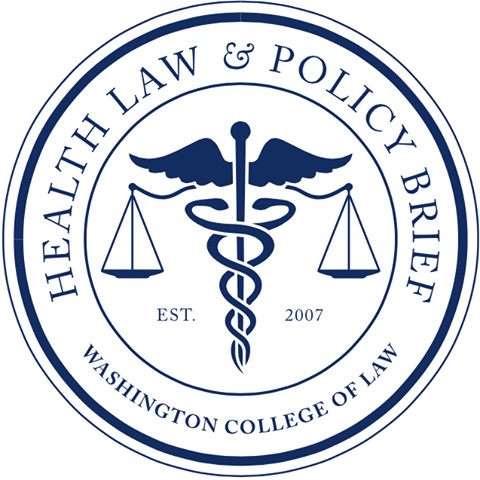The COVID-19 pandemic was a time of turmoil across the nation. During the course of the public health emergency, one unlikely source of controversy: how to provide and pay for COVID-19 tests for uninsured individuals.
From February 20, 2020 to June 23, 2022, 912.77 million COVID-19 tests were administered in the United States alone. Over the course of the pandemic, the federal government sent many of these tests to American households for free. Private insurers covered additional tests. However, there has been controversy over payment and administration of these tests, including a civil fraud suit against providers and an ongoing fight in the United States Court of Federal Claims over who is responsible for paying for the tests that have already been administered.
During the course of the pandemic, the federal government introduced a free COVID-19 test distribution program. The program allowed each U.S. household to order four free at-home COVID tests shipped for free to the consumer via USPS. However, the government website stopped accepting orders March 10, 2025. Some insurers still cover the cost of at-home tests, but they may require a finding of medical necessity. It is now unclear how individuals can seek payment assistance or free tests.
In addition to the test distribution program, the federal government reimbursed claims under a claims reimbursement program for COVID-19 test administration. The government reimbursed claims for healthcare providers and facilities that tested individuals without insurance. However, the program has received its fair share of problematic billing. In June 2024, The U.S. Attorney General filed a civil fraud suit on behalf of the Department of Health and Human Services (HHS) against LabQ for fraudulently billing the federal government for COVID-19 tests. The lab submitted claims for COVID-19 testing where the testing had or would be reimbursed by another source or had been provided to someone with healthcare coverage.
In other cases, the federal government is being accused of failure to reimburse testing. On October 17, LabQ Clinical Diagnostics LLC, Dart Medical Laboratory Inc., and Community Mobile Testing Inc. filed a breach of contract claim against the U.S. government alleging they failed to reimburse $543 million worth of COVID-19 tests on uninsured individuals in New York City. They also filed claims for breach of the Coronavirus Aid, Relief, and Economic Security Act (CARES) Act and other pandemic-era statutes designed to provide relief. The CARES Act, signed into law March 27, 2020, was passed to provide $2 trillion in economic relief and established the Coronavirus Relief Fund to provide $150 billion of direct assistance to states and local governments. The providers submitted claims through a portal established by the program, and the U.S. Department of Health and Human Services states it would reimburse generally at 100% of the eligible Medicare rates for eligible tests. The complaint alleges a premature depletion of funds and termination of the program before plaintiffs were reimbursed.
The payment saga of the COVID-19 pandemic and the resulting lack of clarity in whether providers and hospitals will get tests covered is ongoing. It is one more result of the chaos that occurred across the globe. The United States’ disproportionately high death toll demonstrates that it is critical that better response plans to public health emergencies of this scale are developed and implemented.
